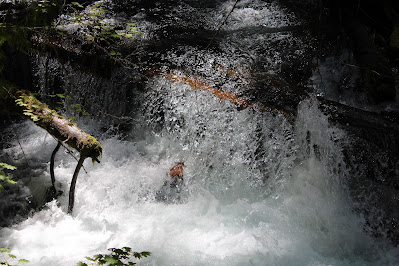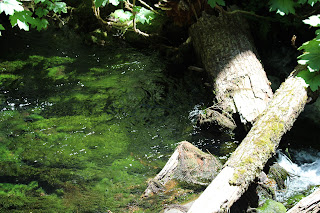COVID has been enlightening in shining a spotlight on the darkness and disorder within our own minds. It shouldn’t be a surprise that the relative madness of these days seemingly demands simple explanations: a black and white answer for what troubles us and why. In this age of social distancing, closed places of learning, and, ultimately, fear itself, why not turn to unusual sources of information for answers; traditional sources certainly haven’t offered a great deal of wisdom or thoughtfulness in the present age of darkness.
In fact, many public channels of communication concerning COVID in particular seem condescending and virtue-signaling to many of us on the conservative side of the political spectrum. Rather than invite dialogue or suggest reflection, they cement our biases or perspectives from the outset. If state and federal governments really want to create inroads with this demographic, they should put all of their chips on the table and engage in authentic, meaningful communication. For instance, what potential impact might be made if a state leader were to invite skeptics along for a tour of a hospital’s COVID ward? Yes, there are HIPPA issues to address, but that shouldn’t present an insurmountable barrier. Go outside your bubble and meet them.
Those who take the bait of the conspiracy theory are certainly not engaging in anything new. These wild stories first came up on my radar when I ran for the Oregon House of Representatives almost a decade ago, but conspiracy stories have been around in one way or the other since the earliest days of modern civilization. The anti-Jewish conspiracies of the Middle Ages after all paved the way for modern genocide. (CNN did a recent story on this topic, and it can be accessed HERE.) At their core, conspiracy theories seem particularly sinful for the Christian, given it’s taking the worst of gossip and melding it with characteristics of false witness, then running one’s view of the world through this inherently defective (subjective) lens. We shouldn’t cling to information that is beyond our reasonable knowing. Matthew 7:5 comes to mind here.
Many years ago, I wrote a short story entitled “Clear Vision.” It was likely encouraged by too much reading of Hemmingway and not enough of finer literature, but the goal of the story remains valid enough. While it can be argued that there is no truly objective reality, this is likely a construct of minds content to swallow the lie of moral relativism. As people of faith, we should recognize that there likely is a true reality or perspective of the present day. This clearer vision can begin to be understood through careful reading and studying of current events and their context or place within the complex tapestry of history. Using this and our faith, we can create a lens that brings the murkiness of current events into somewhat sharper clarity. We can see where we are sailing and perhaps avoid the rocky shoal. There are no shortcuts here, though. It takes effort to even begin to understand the complexities of the modern world. If you look for it to be handed to you on a silver platter, you’re surrendering your intellectual independence to manipulators and charlatans. If they're people in
I’ll share something here that I’ve not mentioned many times before. A few days before September 11, 2001, I had a troubling dream featuring steel and glass towers burning above my head. I remember trying to make the way through the smoke and flames before the dream ended as quickly as it had begun. Truth be known, I believe we probably are in end times, but we’ve been here for quite some time. No one knows the day or the hour of Christ’s return, so I suggest we should strive to live as intelligent and discerning people of Christ within a world that is quickly passing away around us.
One important dimension of this awareness is not to attribute contrived motivations to people we don’t personally know. Yes, misguided organizations such as the World Economic Forum and our own president seem to cry out for it sometimes…but we have to be stronger than that. We have to face the irrational with the rational. We need to accept that COVID is not part of a one-world conspiracy and that Trump did indeed lose the election last year. In short, we need to grow up a bit and realize the world needs deep thinkers more than it needs loud and screeching voices creating a false panic.
Additional Resources (more to be added/no particular order):
Ethics of the vaccines for Catholics (from Vatican)
Pope urges vaccination.
Jimmy Akins talks about COVID vaccines here and here.
Conservative radio hosts die of COVID..
Business Insider reports on COVID deaths of conservative hosts.
Father Tim Mockaitis Presentation



































